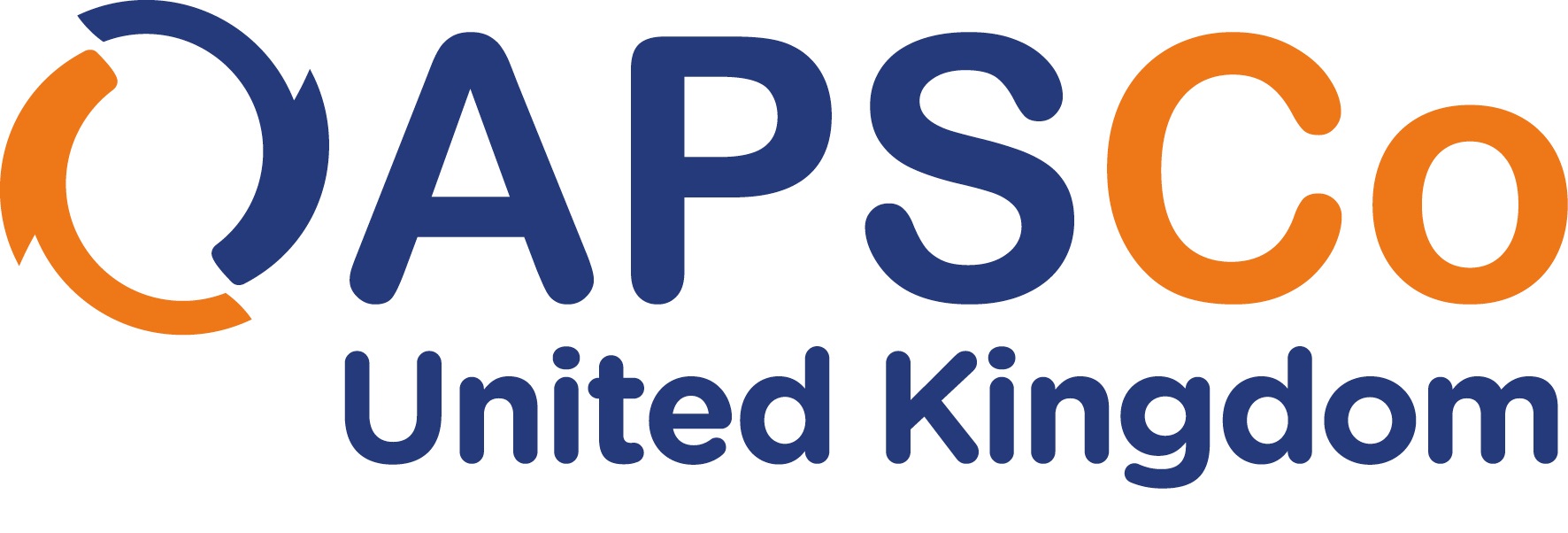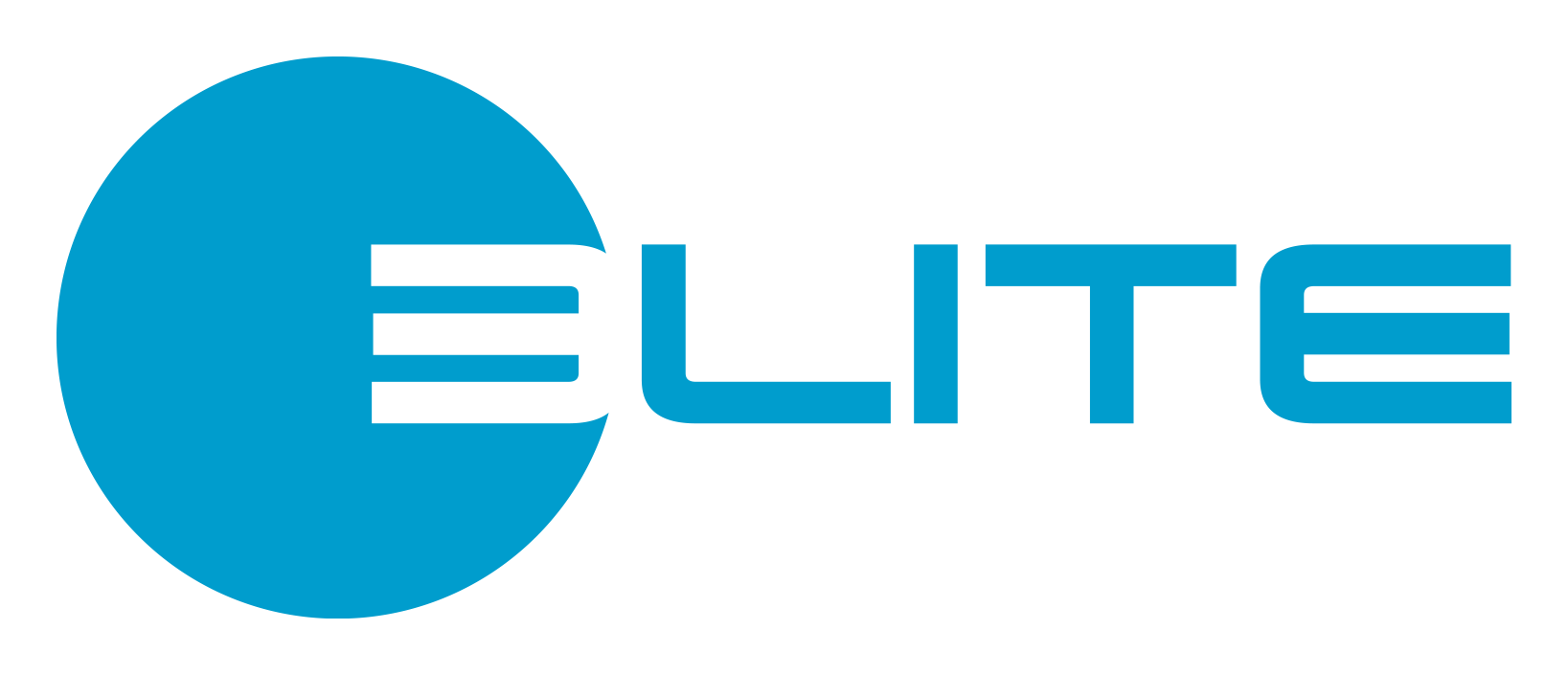January 31, 2024
Stepping up in Talent Acquisition
29.02.2020
Computer Vision & Object Identification
One of the most recent technologies that have been getting a lot of attention lately has been computer vision, particularly the object identification aspect of it.
The ability for AI to identify objects in photos and videos has been very impressive of late, often routinely out-performing humans in tests. However, when these systems are rolled out in the real world, it is often with a noticeable decrease in accuracy. The real world offers an array of images that seemingly defy testing conditions. One famous example of how deserts and dunes would often be mistaken during tests for pornographic imagery.
What will computer vision be used for?
In the example named above, a computer vision system was used by the UK police to track down pornographic images easily and without human intervention in cases where they might be relevant. However, there are other uses for computer vision that object identification could be used for as well.
Perhaps the technology will be most widely used for the role it plays in self-driving cars. Many of these vehicles will rely on cameras that use computer vision technology to better identify road conditions, hazards, and signs. Other uses can include mapping peoples’ faces to their identities with surveillance software.
How do we improve the current object recognition models?
We’ve already mentioned one example of how some very impressive computer vision and object identification systems can be stumped by a surprisingly simple problem. That’s one the only one, either. In the case of self-driving cars, there have been reports of people altering road signs, which then confuses those cars. For instance, if someone placed stickers that changed the displayed speed on a road sign from “30” to “80”, then you could have a self-driving car thinking that 80mph is the top speed allowed on that road.
The solution to this problem has yet to become fully clear. One of the considerations is the use of better and broader datasets. Computer vision systems are tested against datasets (which are effectively collections of images) to see if they can identify a subject within them. When they identify it correctly, that information is stored. If they misidentify it or fail to identify it, they are corrected.
One new object recognition dataset has been put together, crowdsourcing a much wider variety of images, including images that are designed to further test computer vision systems in ways that they might not be traditional image galleries. The most commonly used dataset, ImageNet, uses images from Flickr and other online galleries, but now computer vision models are being tested against images they might not find there.
The future of the computer vision industry
One thing is clear, however. There is likely to be an increasing demand for data scientists and engineers who can work with computer vision systems, especially with object identification technology. There are already computer vision systems in use in the UK, but with the spread of technology such as self-driving cars and more advanced security and surveillance technology, it’s only likely it will grow increasingly likely over the coming years.



